[ENG-SPN] The finch of Santa María de Lebeña / El pinzón de Santa María de Lebeña
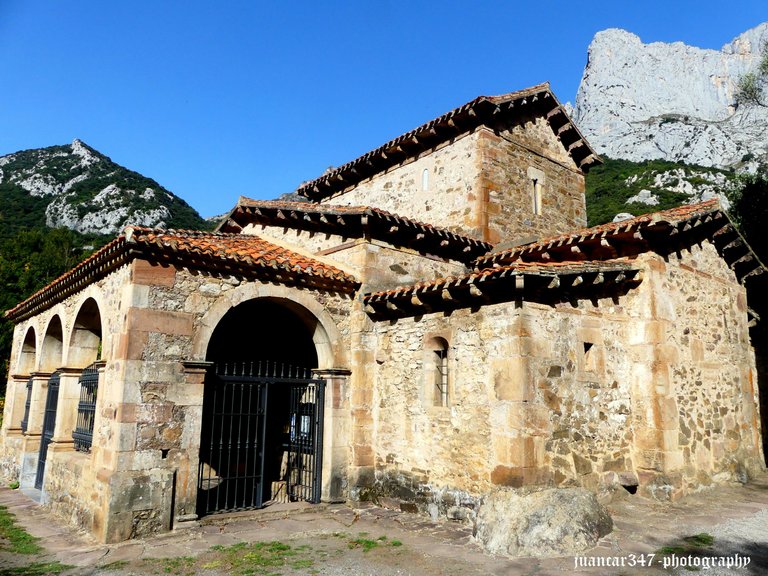
I was perfectly aware, barely leaving the town of Panes behind and beginning the vertiginous ascent of the mythical La Hermida gorge, which runs through the picturesque path shaped by the Cares river with the patience that millennia always grant, than trying to get a report Photographic view of the interior of the church of Santa María de Lebeña, an immeasurable jewel of Mozarabic architecture from the 9th century, without carrying as credentials the explicit consent of the Bishopric of Santander, was going to be the closest thing to what, in particular, metaphorical and of course, comparative I call it 'the Tom Cruise syndrome'; i.e. Mission Impossible. In reality, and except for an inconsequential matter of wounded vanity, I wasn't overly concerned either, considering that what really mattered, possibly more than that reduced and meritorious compendium of sacred architecture, was the impressive environment in which it is located, in the heart of the Picos de Europa (Peaks of Europe), capable of seducing, by itself, those fickle accomplices of Cupid, which, deep down, I consider to be the senses. And especially when embarking on the uncertain adventure that any journey implies, these must always be fed separately and left to their own devices, as they say.
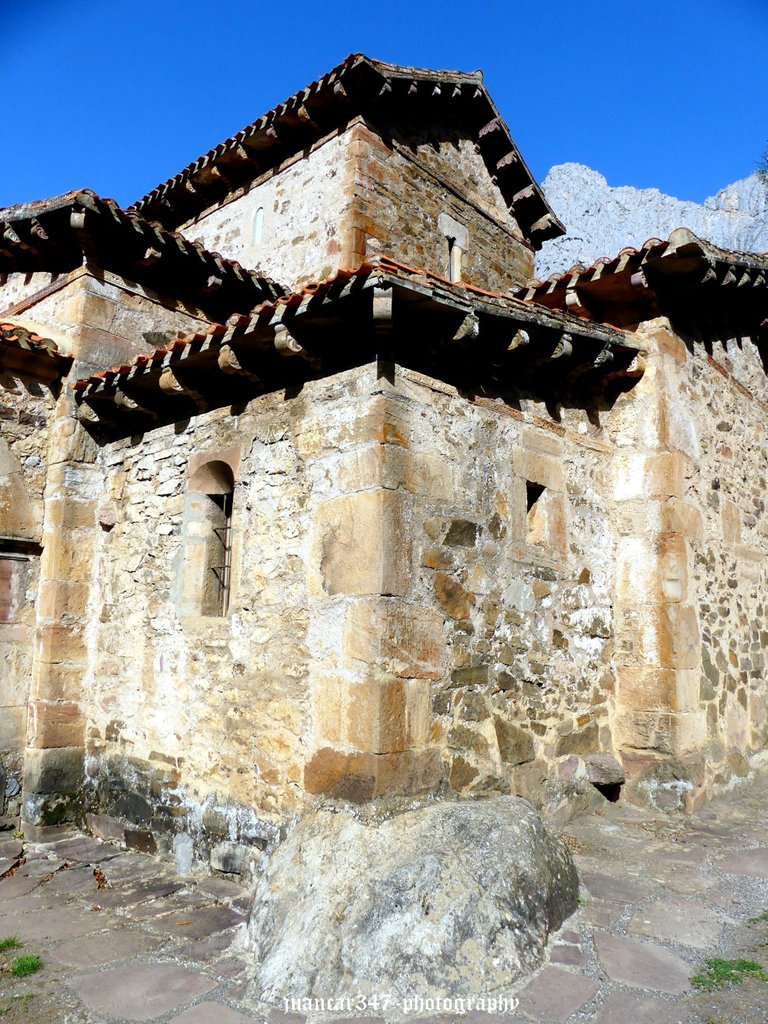
I found myself, after negotiating the dangerous curves of the gorge, as closed in on themselves as the horseshoes of a horse, comfortably seated next to the entrance portico of the church, grateful, like stone, for the tender caresses of that kind early sun. October, cordially chatting with the temple guide about the details of the place, the traces left by the anonymous brotherhood of stonemasons, who, leaving behind the Picos de Europa (Peaks of Europe), also penetrated the Castilian Plateau, descending with their art through the dangerous intricacies of the so-called Palentian Mountain and leaving behind monumental flashes of grandeur, like the run-down monasteries of Piasca and Cantamuda, when she, politely excusing herself and without losing her smile for a moment, disappeared inside, returning, after for a few seconds, with a handful of bread crumbs, which he began to offer to a little bird, a finch, which hummed, hopping around the s surface of that ancestral soil, happier than a child in front of a bag of sweets.
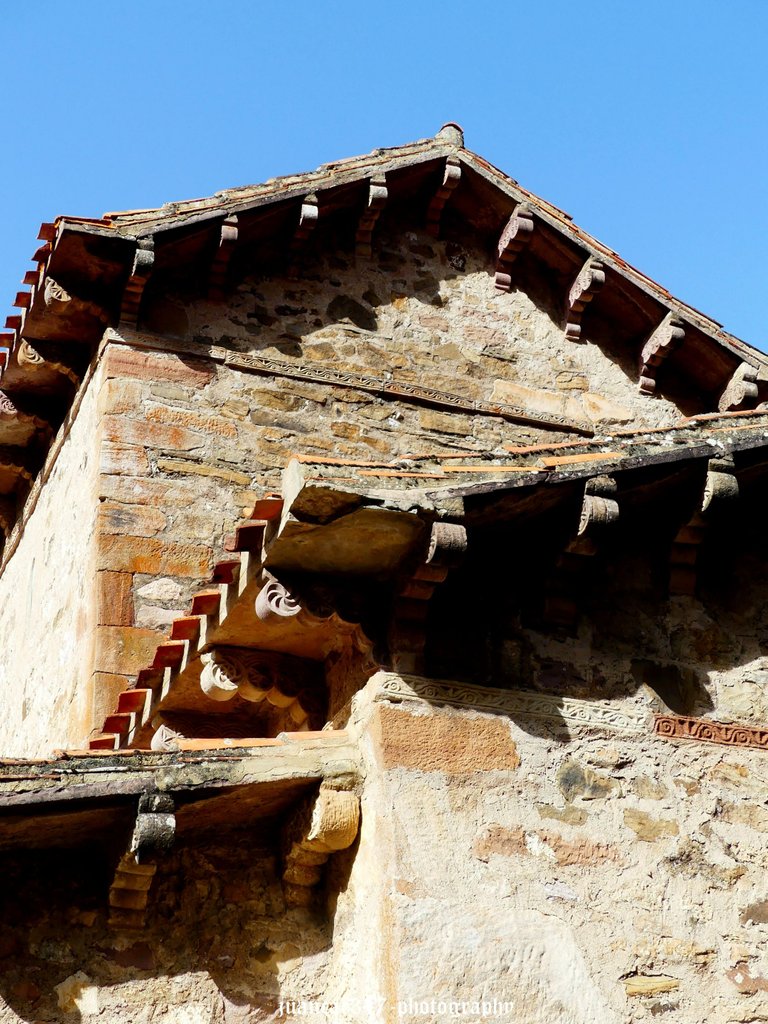
The guide, without stopping for a moment to attend to her tiny guest, explained to me that that finch, extroverted and somewhat cheeky, had been coming regularly for years to gobble up his ration of bread crumbs and that every spring -another reason, for which I understand the deep popular meaning that this blood alters- is accompanied by his new family, which he presents and which also participates in such a friendly agape. A story that, deep down, reminded me of another, perhaps more poetic, of the txori bird of Puente la Reina, which every day collected water from the river Arga in its beak to clean the face of the image of the Romanesque Virgin that had in a cupboard on the bridge and which is part of those wonderful stories that are forging the legends of the prodigious Camino de las Estrellas (the Way of the Stars), giving us a lesson in beauty and humility, which takes us out, albeit temporarily, from the quagmire of stupid materialism in which we find ourselves. we develop habitually. I am not aware, until the moment of narrating this little experience, that the lively finch has changed its habits and moves to the nearby waters of the Cares River to collect water with its beak and clean the face of the image of the Virgin of Lebeña, who breastfeeds the Child inside the church. But I do not lose hope. Because hope, as the Camino has taught me very well for so many years, is the last thing to be lost.

Era perfectamente consciente, apenas dejado atrás el pueblo de Panes y comenzada la vertiginosa ascensión del mítico desfiladero de La Hermida, que discurre a través de la pintoresca senda moldeada por el río Cares con la paciencia que otorgan siempre los milenios, que pretender sacar un reportaje fotográfico del interior de la iglesuela de Santa María de Lebeña, joya inconmensurable de la arquitectura mozárabe del siglo IX, sin llevar como credenciales la verbigracia del consentimiento explícito del Obispado de Santander, iba a ser lo más parecido a lo que, de manera particular, metafórica y por supuesto, comparativa denomino como ‘el síndrome de Tom Cruise’; es decir, Misión Imposible. En realidad, y salvo por una intranscendente cuestión de vanidad herida, tampoco me preocupaba en exceso, habida cuenta, de que lo que realmente importaba, posiblemente más que ese reducido y meritorio compendio de arquitectura sagrada, era el impresionante entorno en el que está situado, en pleno corazón de los Picos de Europa, capaz de seducir, por sí solo, a esos veleidosos cómplices de Cupido, que, en el fondo, considero que son los sentidos. Y a éstos, sobre todo, cuando se emprende la incierta aventura que implica todo viaje, hay que darles siempre de comer aparte y dejarlos a su aire, como se suele decir.
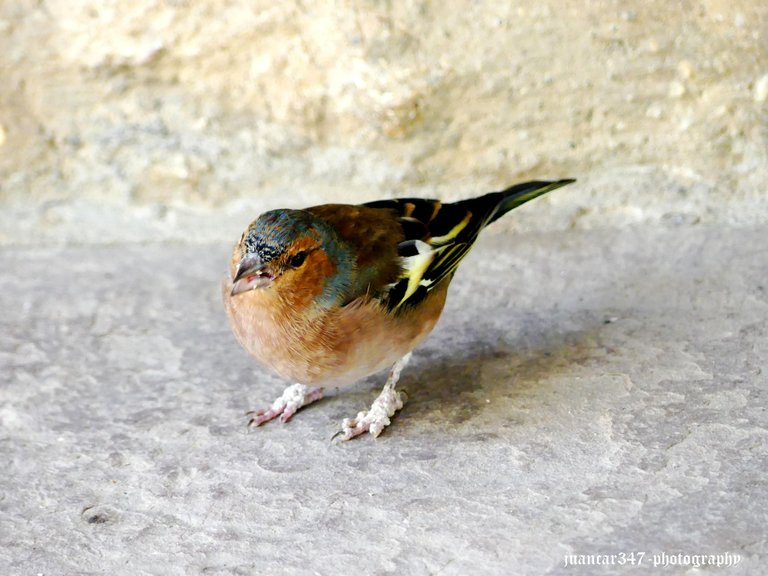
Me encontraba, después de sortear las peligrosas curvas del desfiladero, tan cerradas sobre sí mismas como las herraduras de un caballo, cómodamente sentado junto al pórtico de entrada de la iglesia, agradeciendo, como la piedra, las tiernas caricias de aquél amable sol de primeros de octubre, platicando cordialmente con la guía del templo sobre los pormenores del lugar, las huellas dejadas por las anónimas cofradías de canteros, que dejando atrás los Picos de Europa, penetraron también en la Meseta castellana, descendiendo con su arte por los peligrosos vericuetos de la denominada Montaña Palentina y dejando tras de sí, monumentales destellos de grandeza, como los monasterios venidos a menos, de Piasca y Cantamuda, cuando ella, excusándose educadamente y sin perder por un momento la sonrisa, desapareció en el interior, regresando, al cabo de unos segundos, con un puñado de migajas de pan, que comenzó a ofrecer a un pequeño pajarillo, un pinzón, que canturreaba, dando saltitos por la superficie de aquél suelo ancestral, más feliz que un niño frente a una bolsa de caramelos.
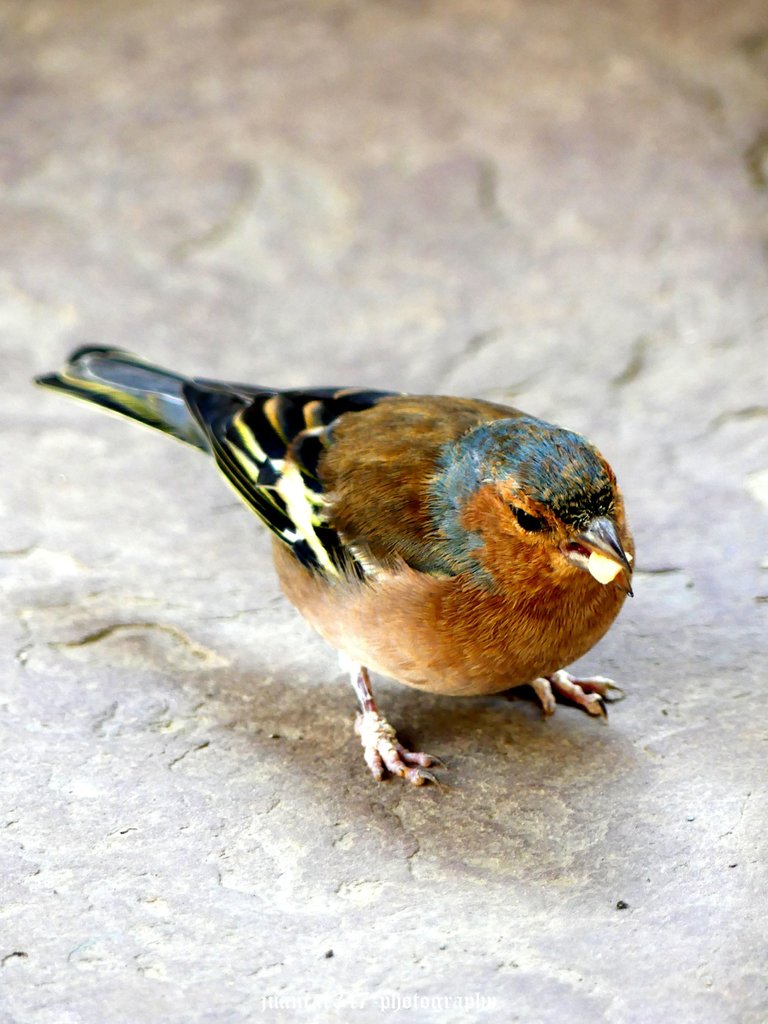
La guía, sin dejar por un momento de atender a su diminuto huésped, me explicó, que aquel pinzón, extrovertido y algo descarado, llevaba años acudiendo regularmente a engullir su ración de migajas de pan y que cada primavera -otra de las razones, por las que comprendo el profundo significado popular de que ésta la sangre altera- se hace acompañar de su nueva familia, a la que presenta y la que también participa de tan amigable ágape. Una historia, que en el fondo, me recordó aquella otra, quizás más poética, del pájaro txori de Puente la Reina, que todos los días recogía en su pico agua del río Arga para limpiarle el rostro a la imagen de la Virgen románica que había en una alacena del puente y que forma parte de esas maravillosas historias que van forjando las leyendas del prodigioso Camino de las Estrellas, dándonos una lección de belleza y humildad, que nos saca, aunque sea temporalmente, del atolladero de estúpido materialismo en el que nos desenvolvemos habitualmente. No me consta, hasta el momento de narrar esta pequeña experiencia, que el vivaz pinzón haya cambiado sus costumbres y se desplace hasta las cercanas aguas del río Cares para recoger agua con su pico y limpiar el rostro de la imagen de la Virgen de Lebeña, que amamanta al Niño en el interior de la iglesia. Pero no pierdo la esperanza. Porque la esperanza, como muy bien me ha enseñado el Camino durante tantos años, es lo último que se pierde.
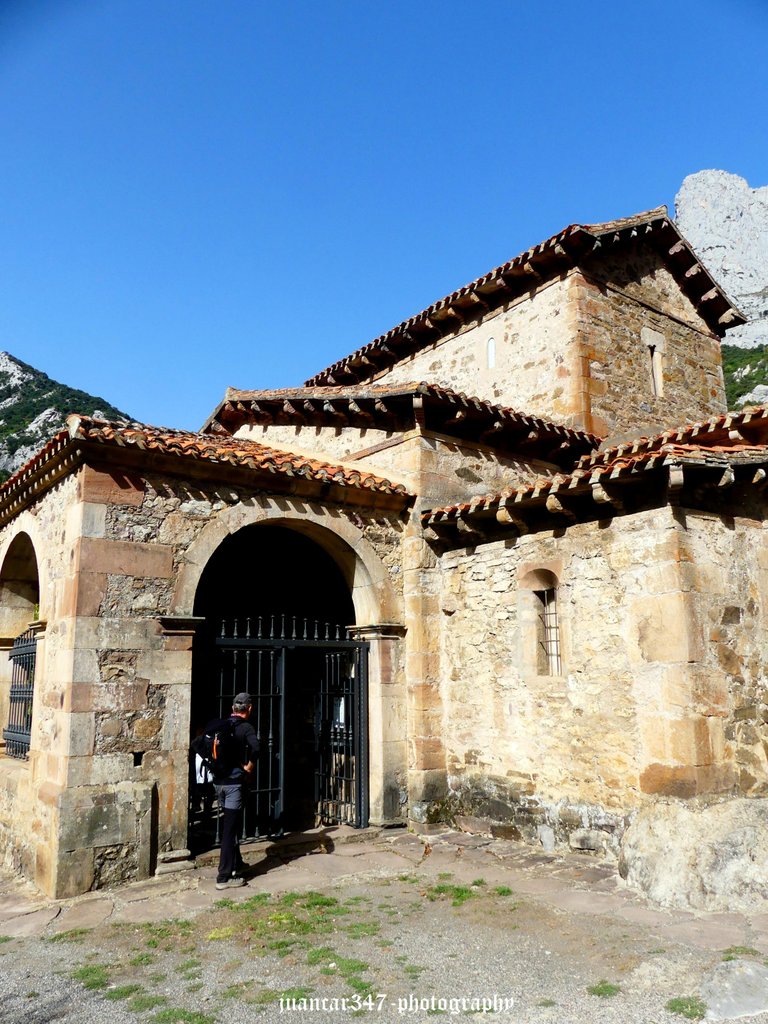
NOTICE: Both the text and the photographs that accompany it are my exclusive intellectual property and, therefore, are subject to my Copyright.
AVISO: Tanto el texto, como las fotografías que lo acompañan, son de mi exclusiva propiedad intelectual y por lo tanto, están sujetos a mis Derechos de Autor.
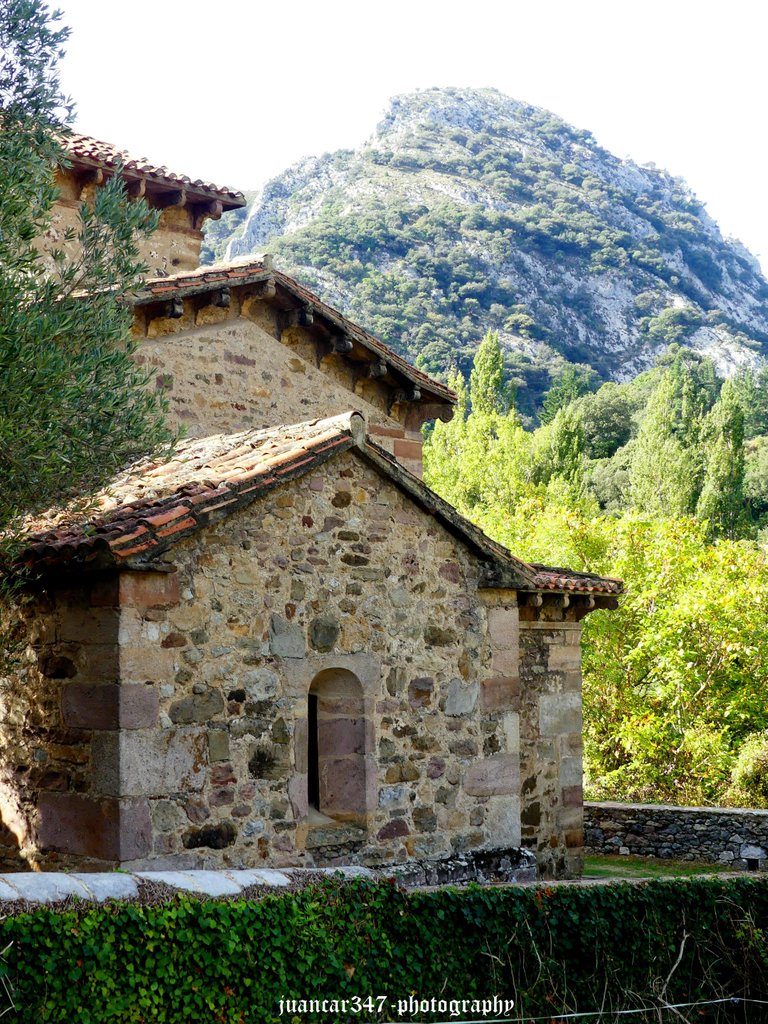
Good day, friend